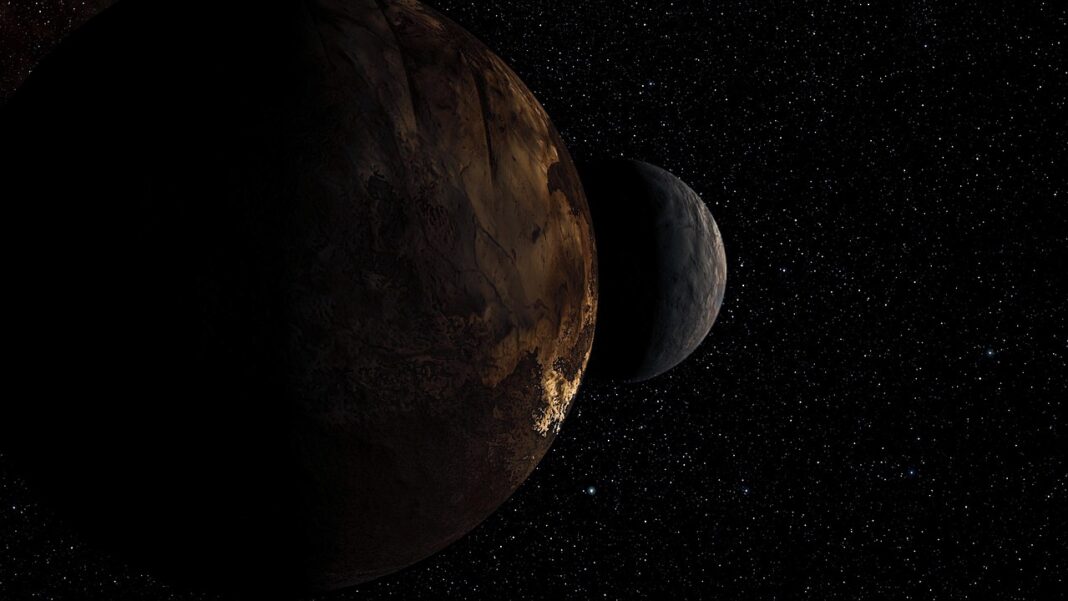NFT collections have revolutionized the digital landscape, transforming the way we perceive ownership, value, and community online. From digital art and collectibles to virtual real estate and in-game assets, NFTs have opened up a world of possibilities for creators and collectors alike. But with a rapidly evolving market, understanding the intricacies of NFT collections is crucial for navigating this exciting space successfully.
What are NFT Collections?
NFT collections are groups of Non-Fungible Tokens (NFTs) united by a common theme, creator, or purpose. Unlike individual NFTs, collections often share similar characteristics, metadata, or artwork styles, fostering a sense of community among holders. Think of them as digital art galleries or trading card sets, but with each piece being a unique, verifiable asset on the blockchain.
Defining Characteristics
- Shared Theme: Most collections revolve around a specific theme, such as apes (Bored Ape Yacht Club), punks (CryptoPunks), or generative art projects (Art Blocks).
- Rarity Traits: Within a collection, certain NFTs may possess rarer traits than others, influencing their perceived value. These traits could include specific accessories, backgrounds, or color schemes.
- Minting Process: Collections are typically released in a “mint,” where users purchase the NFTs directly from the project. The minting process can vary from fixed prices to Dutch auctions.
- Smart Contracts: Each collection is underpinned by a smart contract on the blockchain, defining the rules, ownership, and transferability of the NFTs.
Popular NFT Collection Examples
- Bored Ape Yacht Club (BAYC): A collection of 10,000 Bored Ape NFTs, known for its strong community and exclusive perks for holders. BAYC has become a status symbol in the NFT space, with some apes fetching millions of dollars.
- CryptoPunks: One of the earliest NFT collections, consisting of 10,000 unique pixelated characters. CryptoPunks are considered to be foundational to the NFT movement.
- Azuki: A collection of anime-inspired avatars, boasting a dedicated community and a focus on building a metaverse brand.
- Otherdeed for Otherside: Virtual land plots in Yuga Labs’ Otherside metaverse. This collection demonstrates the application of NFTs in virtual real estate and gaming.
Evaluating NFT Collections
Choosing the right NFT collection to invest in requires careful research and due diligence. Here are some key factors to consider:
Assessing Project Legitimacy
- Team Transparency: Investigate the team behind the project. Are they doxxed (publicly known)? Do they have a proven track record in the NFT or blockchain space?
- Roadmap and Utility: Evaluate the project’s roadmap and the utility offered by the NFTs. Does the project have clear goals and plans for the future? Do the NFTs provide access to exclusive content, events, or other benefits?
- Community Engagement: Analyze the community surrounding the project. Is it active, supportive, and engaged? A strong community is often a good indicator of a successful project.
- Smart Contract Audit: Check if the project’s smart contract has been audited by a reputable firm. This can help identify potential vulnerabilities and ensure the security of the NFTs.
Understanding Rarity and Value Drivers
- Rarity Tools: Utilize rarity tools like Rarity Sniper or Trait Sniper to analyze the rarity of individual NFTs within a collection. NFTs with rarer traits typically command higher prices.
- Floor Price: Monitor the floor price of the collection, which is the lowest price at which an NFT from the collection is currently being offered.
- Trading Volume: Track the trading volume of the collection. High trading volume suggests strong demand and liquidity.
- Market Sentiment: Gauge market sentiment towards the collection by following social media, news articles, and community discussions.
Buying and Selling NFTs from Collections
Once you’ve identified a collection you’re interested in, you’ll need to understand the process of buying and selling NFTs.
Choosing the Right Marketplace
- OpenSea: The largest NFT marketplace, offering a wide range of collections and trading tools.
- LooksRare: A community-driven marketplace that rewards users with LOOKS tokens for trading.
- Magic Eden: A popular marketplace on the Solana blockchain, known for its low fees and fast transactions.
- Nifty Gateway: A curated marketplace that focuses on high-end digital art and collectibles.
Safe Trading Practices
- Use a Hardware Wallet: Store your NFTs in a hardware wallet like Ledger or Trezor to protect them from hacking.
- Verify Smart Contract Addresses: Always verify the smart contract address of the NFT collection before making a purchase.
- Beware of Phishing Scams: Be cautious of phishing scams that attempt to steal your private keys or NFT assets.
- Use Escrow Services: When buying NFTs from individuals, consider using an escrow service to protect yourself from fraud.
The Future of NFT Collections
The NFT landscape is constantly evolving, with new collections and use cases emerging all the time. Here’s a glimpse into the future of NFT collections:
Expanding Use Cases
- Gaming: NFTs are being integrated into games to represent in-game assets, characters, and virtual land.
- Metaverse: NFTs are playing a crucial role in the development of the metaverse, allowing users to own and trade virtual items and experiences.
- Music: NFTs are being used to revolutionize the music industry, enabling artists to sell their music directly to fans and create new revenue streams.
- Real Estate: NFTs are being used to tokenize real estate assets, making them more accessible and liquid.
Addressing Challenges
- Scalability: Blockchain scalability issues can lead to high transaction fees and slow transaction times.
- Environmental Impact: The energy consumption of some blockchain networks has raised concerns about the environmental impact of NFTs.
- Regulation: The regulatory landscape surrounding NFTs is still evolving, creating uncertainty for creators and collectors.
Conclusion
NFT collections represent a paradigm shift in digital ownership and community building. By understanding the fundamentals of NFT collections, assessing project legitimacy, and practicing safe trading habits, you can navigate this exciting space with confidence. As the NFT landscape continues to evolve, staying informed and adapting to new trends will be crucial for long-term success. The future is digital, and NFTs are paving the way.




